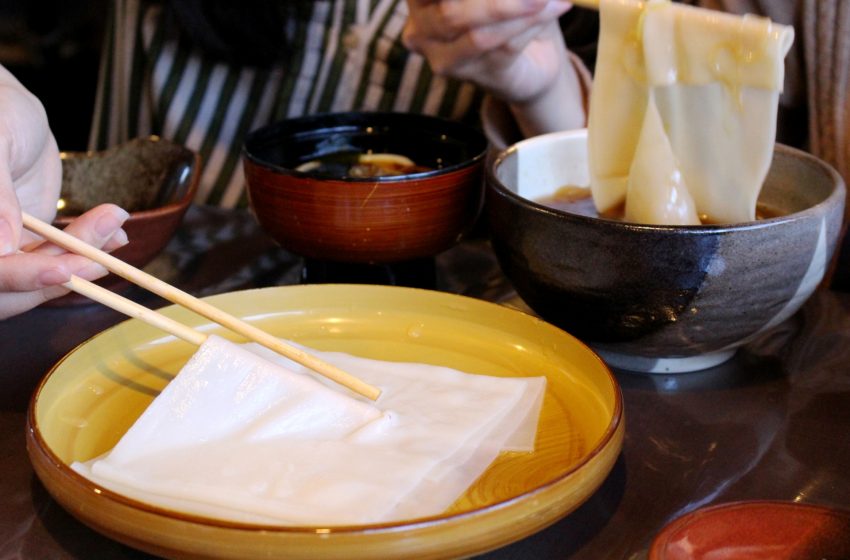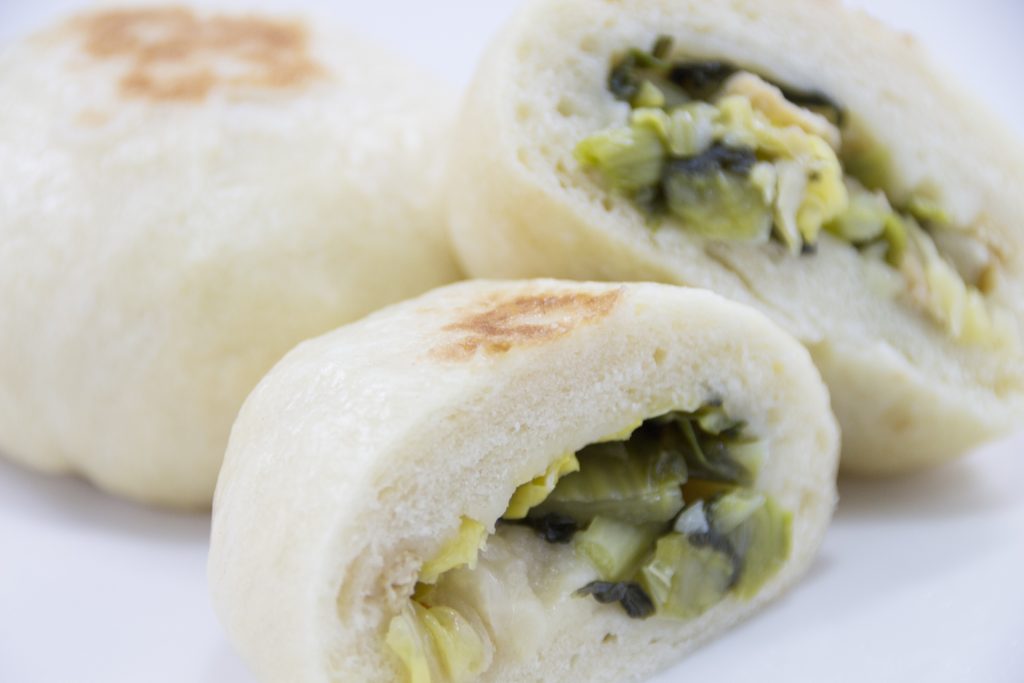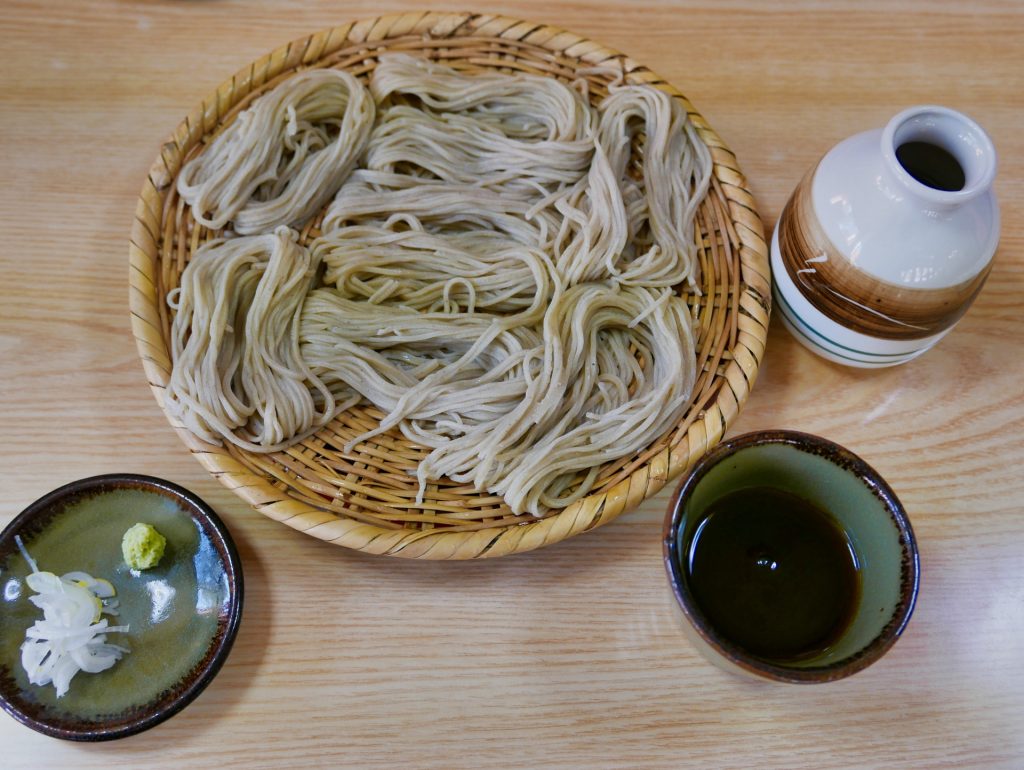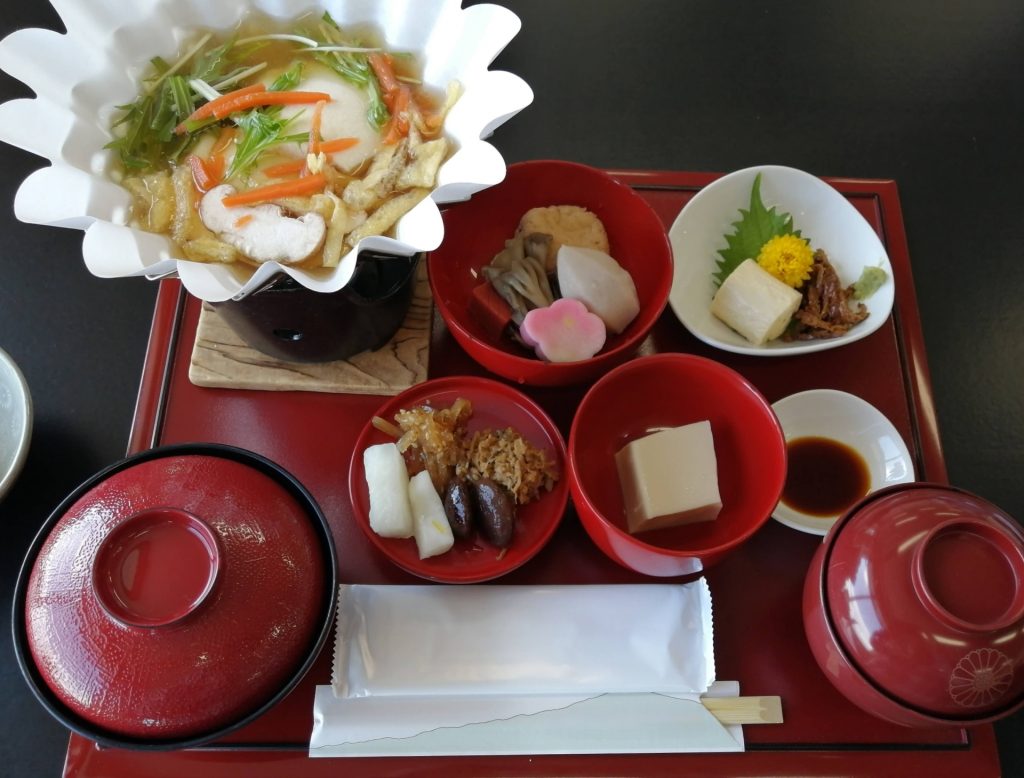
Himokawa Udon: A Noodle Unlike Any Other in Japan’s Culinary Landscape
If you’ve ever ventured into the world of Japanese cuisine, you’re undoubtedly familiar with “udon” – thick, chewy noodles typically served in a flavorful broth or as part of a stir-fry. But even many seasoned Japanophiles might not have heard of Himokawa udon, a regional noodle specialty hailing from the Gunma Prefecture. Allow me to take you on a tantalizing journey of taste, texture, and tradition.
A Glimpse into Himokawa Udon’s Unique Characteristics
When you think of udon, you might picture those thick, white strands that fill up your bowl. But Himokawa udon is different. Instead of the round and thick shape, these noodles are extraordinarily wide and thin, often compared to wide ribbons or even sheets. The width can range from 5 to 10 centimeters!
What makes Himokawa udon so exceptional is its texture. Due to its broad and flat shape, it offers a delightful contrast – crispy on the edges when served cold or delightfully chewy when served in a hot soup.
A Dance of Tradition and Technique
The uniqueness of Himokawa udon doesn’t stop at its shape. The process of making these noodles is meticulous and steeped in tradition. Made with wheat flour and water from the pristine mountains of Gunma, the dough is rolled out painstakingly by hand before being folded and cut into its characteristic broad shape.
It’s believed that Himokawa udon evolved its distinct shape due to the region’s colder climate. The wide, thin shape allows the noodle to dry faster and prevents spoilage during the harsh winter months.
Savoring Himokawa Udon
The true beauty of Himokawa udon lies in its versatility. Here are a few ways you can enjoy it:
- Cold with Dipping Sauce: Enjoyed particularly in summer, the cold Himokawa udon served with a dipping sauce (often soy-based) offers a refreshing and crisp bite.
- In a Soup: Just like regular udon, you can savor this in a savory broth topped with spring onions, tempura, or tofu. The wide noodles absorb the soup well, offering a burst of flavor with every bite.
- Stir-fried: Given their width, these noodles hold onto flavors very well. Stir-frying them with some veggies, meat, and a savory sauce can create a delightful main course.
A Must-Visit for Noodle Enthusiasts
If you find yourself in the Gunma Prefecture, you owe it to yourself to seek out a local eatery or “udon-ya” specializing in Himokawa udon. There’s truly nothing like tasting this regional specialty in its home, prepared by chefs who’ve inherited the art from generations before.
Conclusion
Himokawa udon, while less renowned internationally, is a gem in Japan’s vast culinary landscape. Whether you’re a foodie on the hunt for new experiences or a traveler keen to delve deep into regional specialties, this noodle offers a delicious window into the culture and history of Gunma Prefecture. So next time you’re in Japan, step off the well-trodden tourist path and indulge in the wide, flavorful embrace of Himokawa udon.




